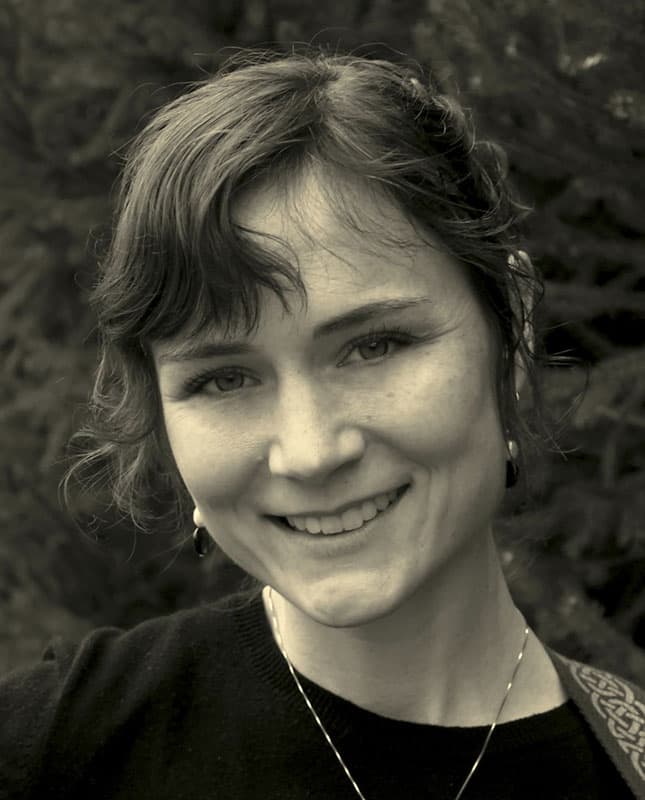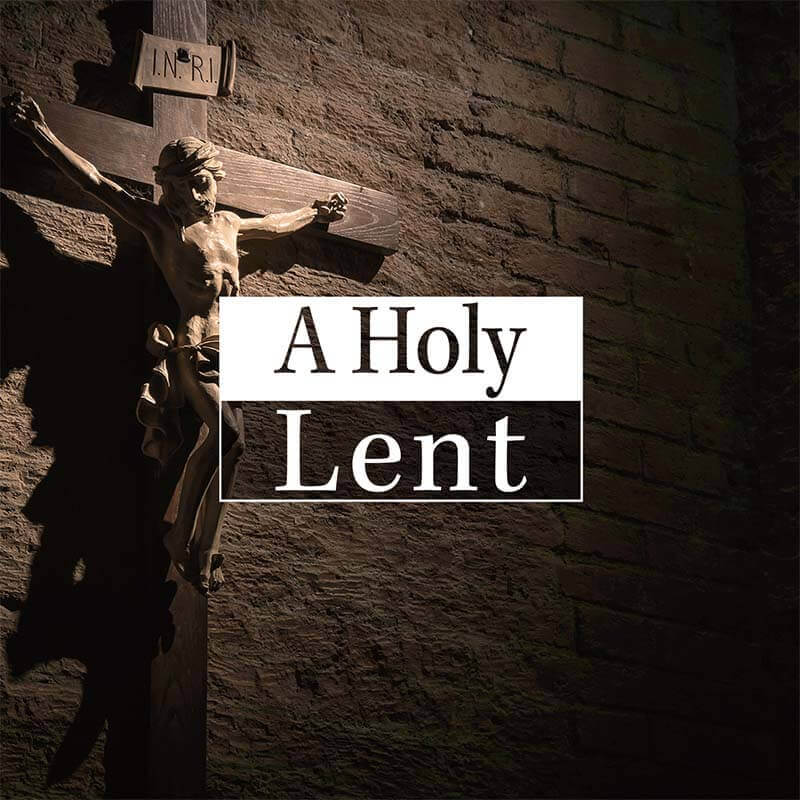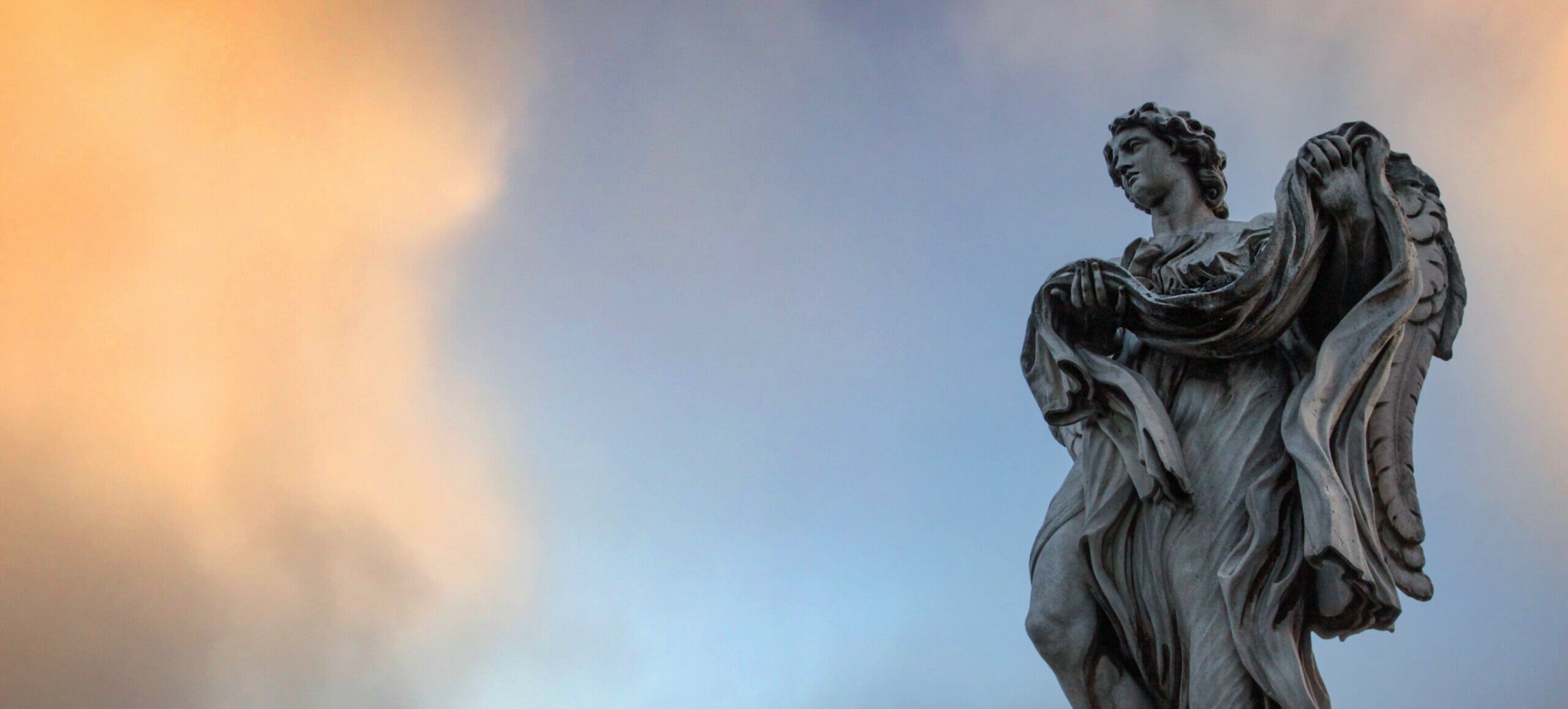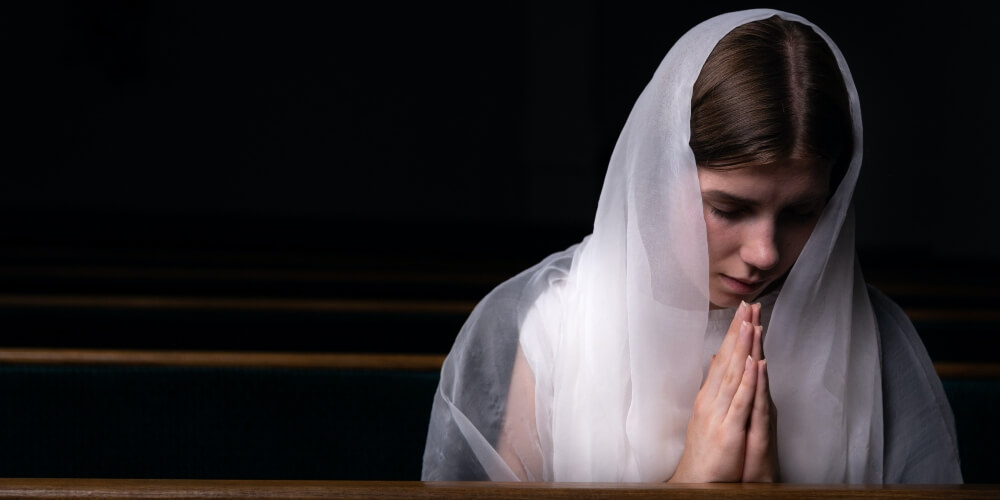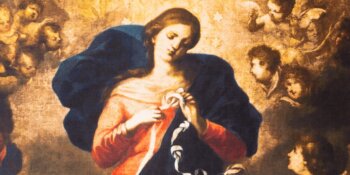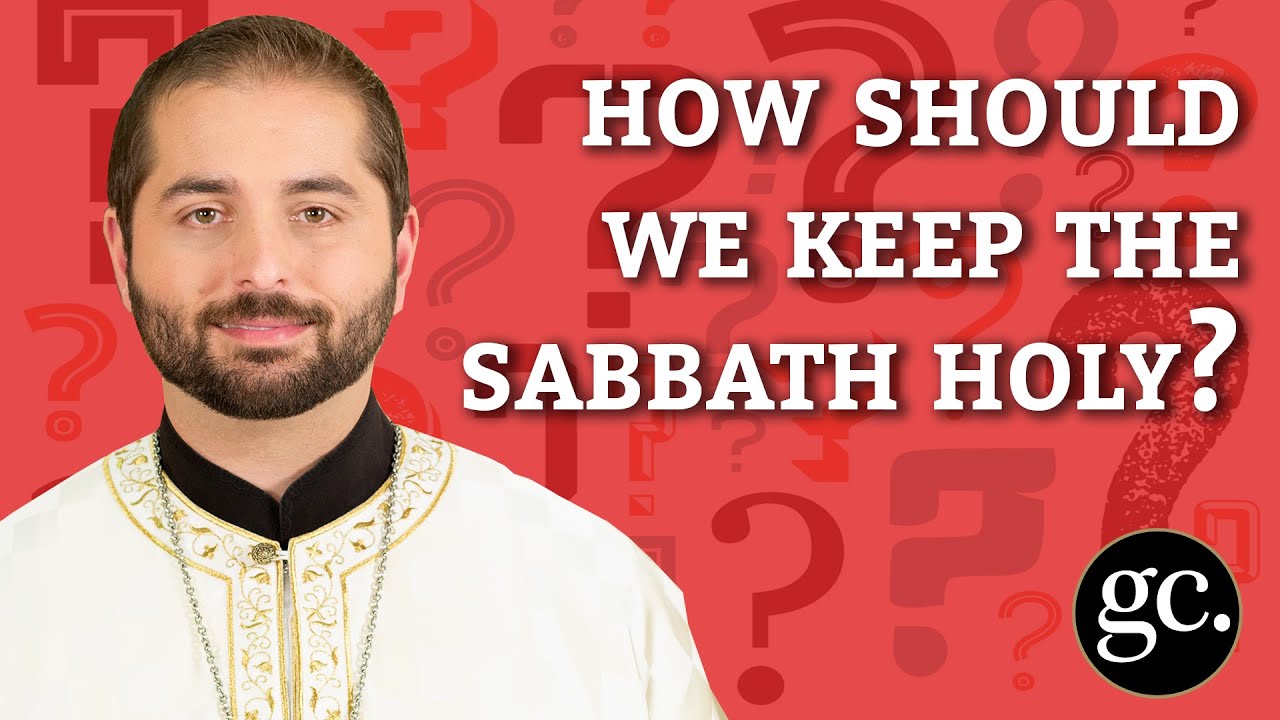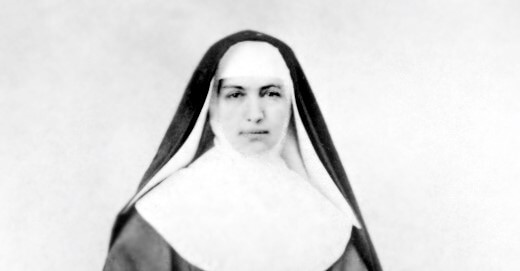
Mother Marianne Cope, whose feast we celebrated just recently on January 23rd, is the next saint we’ll meet in our exploration of our canonized, beatified, and otherwise sainted American brethren.
This courageous American woman is a shining example of a life completely given to others, beginning with her own family and ending with some of the most abandoned people on earth. Her fearlessness, perseverance, and total dedication—above and beyond the call of duty—are the stuff American dreams are made on.
While it’s hard to do her justice in a short space, here’s 5 fascinating facts that serve as a quick introduction to this remarkable saint.
1. She is one of 7 American women who have been canonized.
While this number may not seem like a lot, our country, for as young as she is (she’s turning a spry 248 years old this year), boasts an impressive array of saints.
We have ±11 canonized saints so far (the actual number depends on whether you count saints that were not American during their life—e.g. Fr. Damien was Belgian and worked in Hawai’i, which wasn’t American at the time—and whether you count the North American Martyrs as one saint or many).
In any case, with these 11 honored with the title of “Saint” so far, and many, many more blesseds and venerables awaiting their turn, I should think heaven has an “American Camp” at this point!
The other 6 female American saints are St. Elizabeth Ann Seton, St. Frances Xavier Cabrini, St. Kateri Tekakwitha, St. Katharine Drexel, St. Théodore Guérin, and St. Rose Philippine Duchesne.
2. She was born in Germany and grew up in America.
Marianne and 3 other sainted American women were immigrants from Europe. She was born as Barbara Koob on January 23rd, 1838, in southwestern Germany. Her family emigrated to the United States when Barbara was just a year old, and they settled in upstate New York, anglicizing their name to “Cope.”
Barbara desired to enter the religious life from a young age, but, as the oldest child, courageously went to work after finishing eighth grade to support her family. She was able to enter the Sisters of St. Francis in Syracuse, NY, in 1862 at the age of 24.
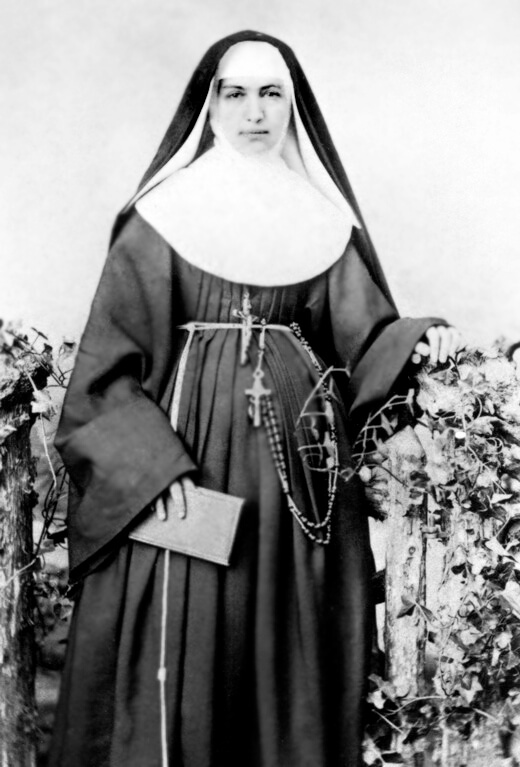
3. She helped establish some of the first general hospitals in the country.
As a member of the board of her religious order, Sister Marianne assisted with the establishment of St. Elizabeth’s Hospital in Utica and St. Joseph’s Hospital in Syracuse, which was the first public hospital in that city. These were two of the first hospitals in central New York and among the first 50 general hospitals in the USA.
Sister Marianne became the administrator of St. Joseph’s the year after it was founded and led it for six years, proving herself an extraordinarily competent, tireless, and committed leader.
4. She is most famous for her work among the lepers of Hawai’i.
In 1883, Mother Marianne received a letter from a priest in Hawai’i asking for assistance with the hospitals and schools that served the lepers of that kingdom.
Here’s how the good Mother responded:
I am hungry for the work and I wish with all my heart to be one of the chosen ones, whose privilege it will be to sacrifice themselves for the salvation of the souls of the poor Islanders…I am not afraid of any disease, hence, it would be my greatest delight even to minister to the abandoned “lepers.”
Mother Marianne selected some other sisters and traveled to Hawai’i later that year. She would never return to the United States, but would give the rest of her life to caring for the most abandoned and rejected among Hawaiian society.
She and her sisters were tasked with running Kaka’ako Branch Hospital in Oahu, where leprosy patients came from various parts of Hawai’i. They later established the first general hospital on the island of Maui.
After only two years, King Kalakaua of Hawaii decorated Mother Marianne with the medal of the Royal Order of Kapiolani for her selfless work on behalf of his people.
5. She met Fr. Damien of Molokai, the “Apostle of the Lepers,” and carried on his work after his death.
Two years before Fr. Damien would succumb to leprosy himself, he met Mother Marianne when he came to visit Oahu. When he came to visit again, afflicted with the disease, she cared for him with respect, generosity, and love.
At the time Fr. Damien began his work, the island of Molokai was the government-enforced exile for those afflicted with leprosy. While the policy had relaxed and Mother Marianne primarily worked at institutions elsewhere, a new government reverted the policy in 1887 so that new patients were sent into exile once again.
Her heart always one of service, sacrifice, and obedience, Mother Marianne with two assistants gladly answered the call to serve in Molokai. She arrived there a number of months before Fr. Damien’s death, assuring him that she would continue the Boys’ Home he had founded there. She arranged for permanent leadership of the Boys’ Home and founded the Bishop Home for women and girls.
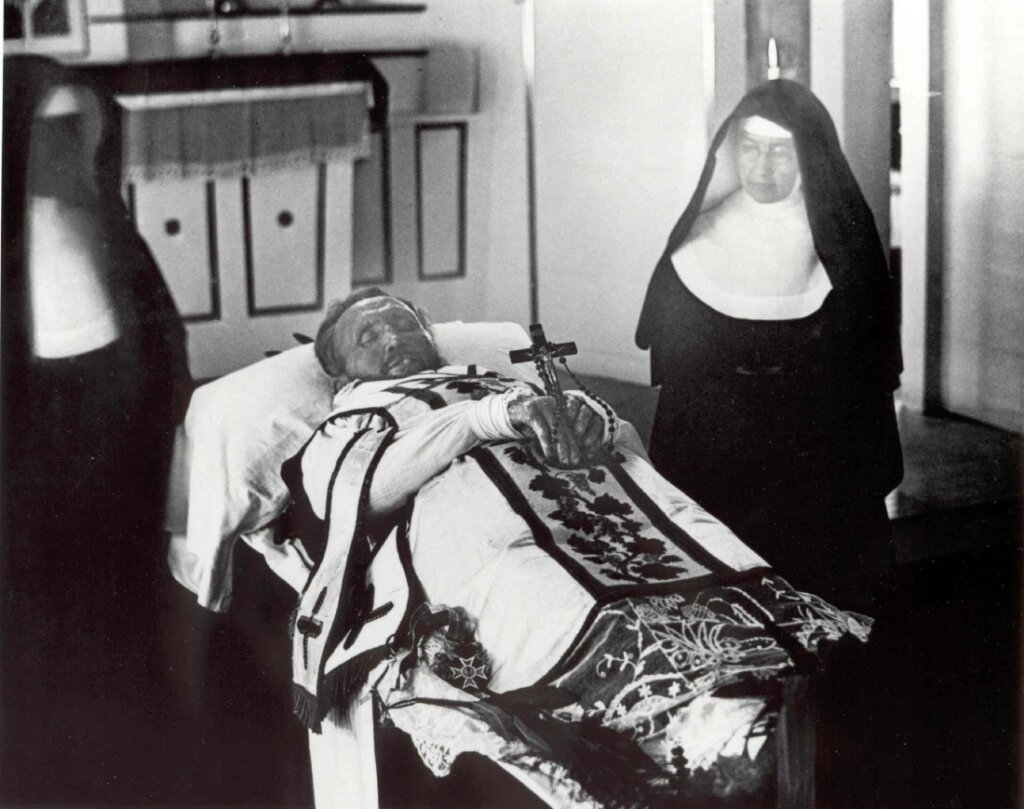
At the Bishop Home and her other appointments, Mother Marianne was always concerned with the education and cultural development of her charges. She ensured the availability of classes and opportunities to learn new arts and skills, treating the patients as persons with talents and minds and not as outcasts.
Mother Marianne died in Hawai’i in 1918 at the age of 80—having never contracted leprosy—and is buried at the Cathedral of Our Lady of Peace in Honolulu. She was canonized by Pope Benedict XVI in 2012.
A Life of Service
We should take immense pride that this selfless saint is among our sisters and fellow American citizens. In the land of the free, she is one who chose to sacrifice her freedom in favor of complete service to others; in the home of the brave, she went fearlessly into the leper colonies where so many refused to go.
In short, Mother Marianne represents so many of the noble ideals of our Faith and our country. May her prayers and example inspire us to be the best that we can be as American Catholics! +
